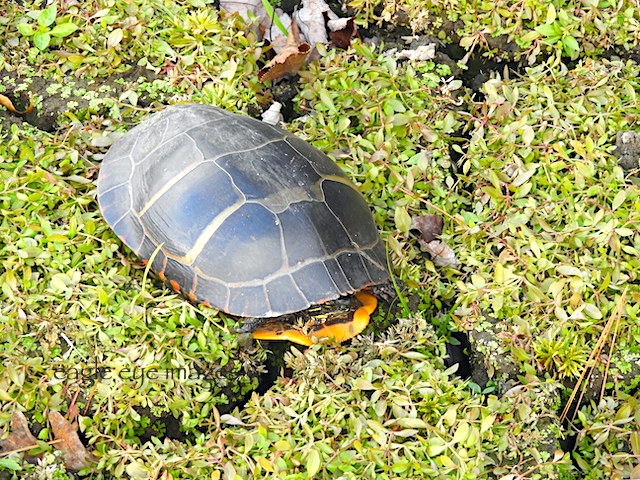A Successful Season With A Sad Truth
Monitoring the four Osprey nests this year was a little hectic, yet well worth it. It seems I alway learn something new from my experiences, which is a good thing, I guess.
Statistically speaking, 3 out of 4 of the nesting pairs each produced 3 nestlings, which all grew into successfully fledged juveniles. One pair produced 2.
Once they all fledged, I stopped by once a week around feeding time (determined by observing) to ensure that they were returning to the nest to get the food dropped in by the adults. As juvies, they don't yet know or have the fishing skills of an adult.
It really was and is an incredible thing to watch these adults provide for their offspring. Since the juveniles haven't matured enough to have the same coloring as the adults, it's easy to tell the difference between adults and juveniles.
If you're "out there" and are lucky enough to have these magnificent fisherman near you, a juvenile's feathers almost appear "outlined" or "tipped"compared to those of an adult and streaking on the crown and breast is heavier.Anyway, fast forward through the month of July to August. About a week ago, when I pulled up notifications on my phone, there was something from our local Nextdoor Neighbor. It was 12:10 pm when I read a post from a local woman. It had been posted at 10:30 am. Although I don't know what time the photo was taken, she shared a grounded Osprey in the foreground with her dog (a Border Collie) about 5'-6' away. She said that she thought this was a young Osprey learning how to fly because it was struggling. Ospreys have long legs and large feet/talons making walking on the ground very difficult, yet looking at the photo, I knew this bird was in trouble.
I immediately sent her a message asking if the bird was still there when she left. Then I said that I was taking a ride down there. She never answered me.
When I arrived, and got out of my car, I walked over to the bird. It was a juvenile Osprey. It was motionless. Keeping my distance as I circled it, just in case it could have possibly been in shock, I first noticed the lifeless position of it's head/neck crooked, not breathing, no visible signs of trauma (fighting/blood/etc).
In the distance was a middle=aged couple who came over, telling me to stay away. Telling them who I was and what I do, they then told me that they had told a passing State Trooper about the bird "over an hour ago but no-one has come". Explaining how many calls are taken across the state with such limited staff and resources, was the only support I could offer them explaining that's why they have people like myself (aka volunteer).
After contacting a few people I know, I was instructed to move the bird out of the public's view, place it in the thick brush to let nature take its course. I did just that. When I returned home, I sent her a message including a photo of the dead bird, along with an explanation of what I was instructed to do. I received no answer from her.
It took me days to digest any and all possibilities of what could have happened to that young juvenile. It was a sad, tragic truth. Not all juveniles make it. In the Eagle world for instance, only 50% of successful fledglings make it to the age of five.
Meanwhile, the organizations I am affiliated with have all thanked me for taking care of this in a professional manner.
This is what puzzles me:
the juvenile was not in the same location as in the photo taken by her;
the woman deleted/removed her post entirely after people commented, expressing their thoughts;
she never answered me (and yes, she knows what I do because we've chatted while I've been observing at other nests);
seeing, saying, and sharing...
A Successful Season With A Sad Truth





Comments